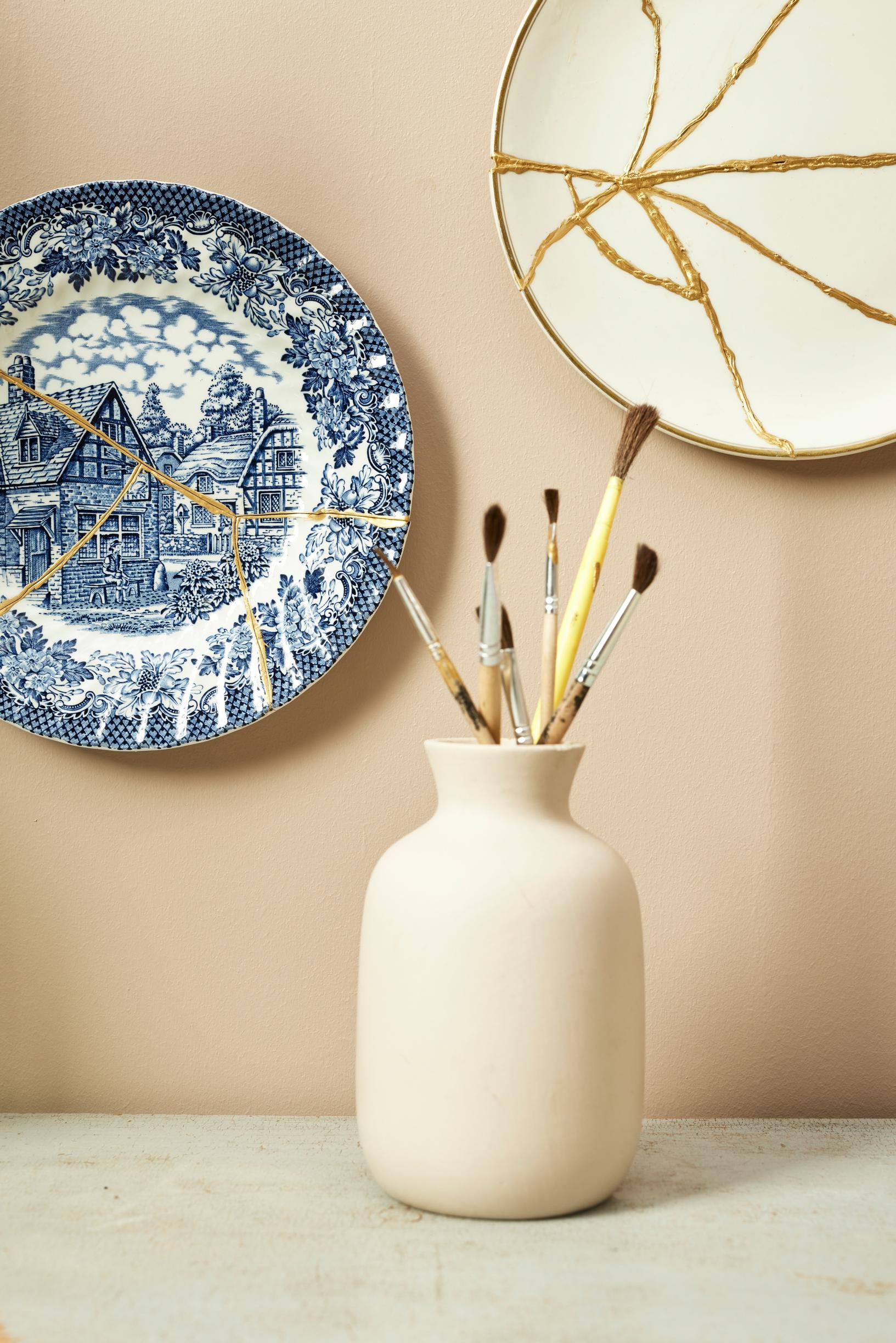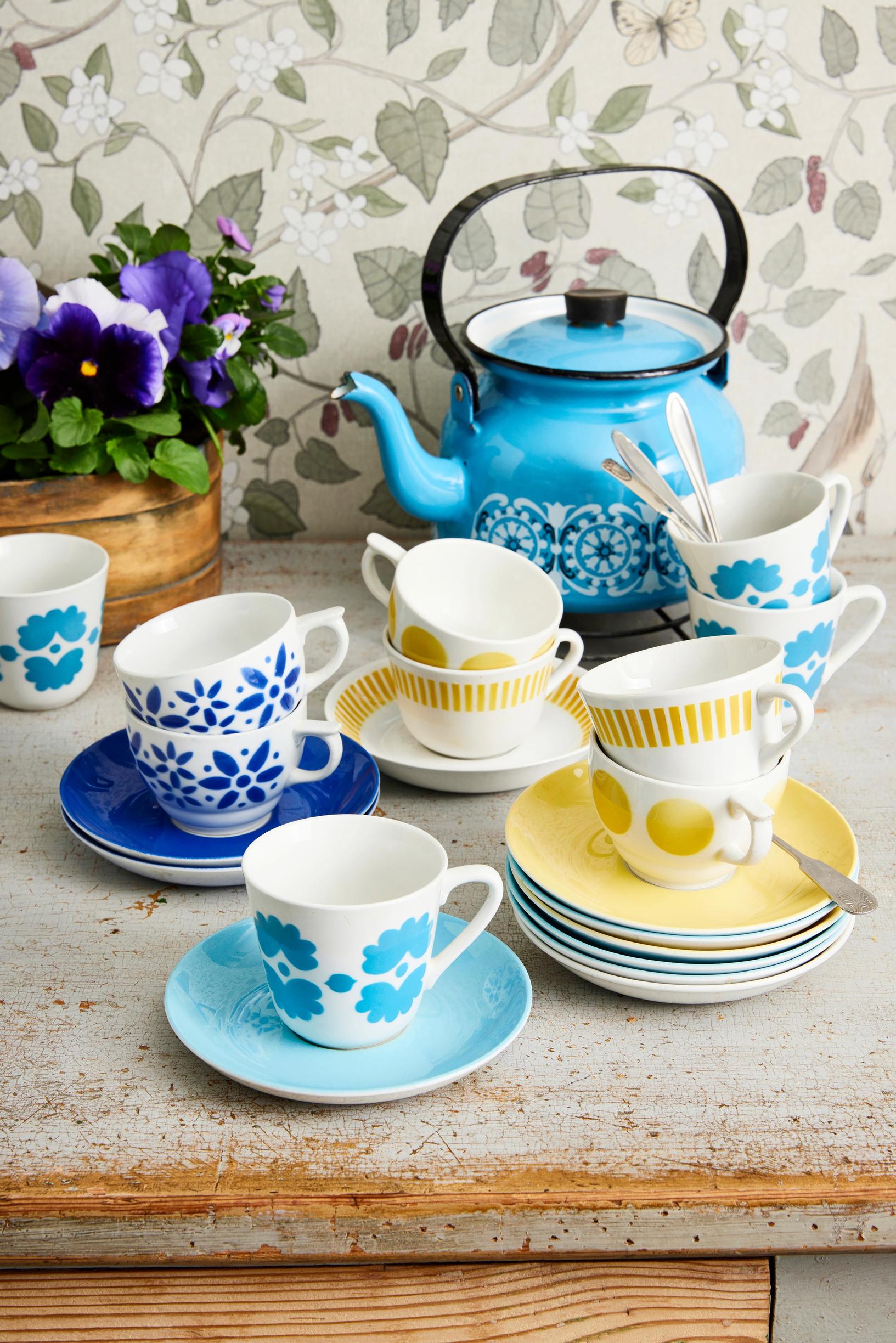
Banish plate streaks with toothpaste! 6 clever tricks for cleaning and restoring dishes
A glass that has turned cloudy or a plate with dark streaks can often be saved. Try these tips and you’ll have your dishes grace your table for many more meals to come!
1. Make cloudy glasses sparkle with vinegar or lemon
Glasses can become cloudy because of calcium and magnesium carbonate buildup from hard water. Try these tips: Pour a generous amount of vinegar into the sink, let the glasses soak for five minutes, then rinse and dry them. Alternatively, rub the glasses with a lemon slice, then rinse and dry. As a last resort, gently rub the glasses with a paste made of baking soda and a drop of water, then rinse and dry them. Note that baking soda can scratch very delicate glasses. If the glass has scratches or has been corroded by dishwasher detergent, its clarity is, unfortunately, lost for good. These methods work on coffee and tea stains in cups, as well.
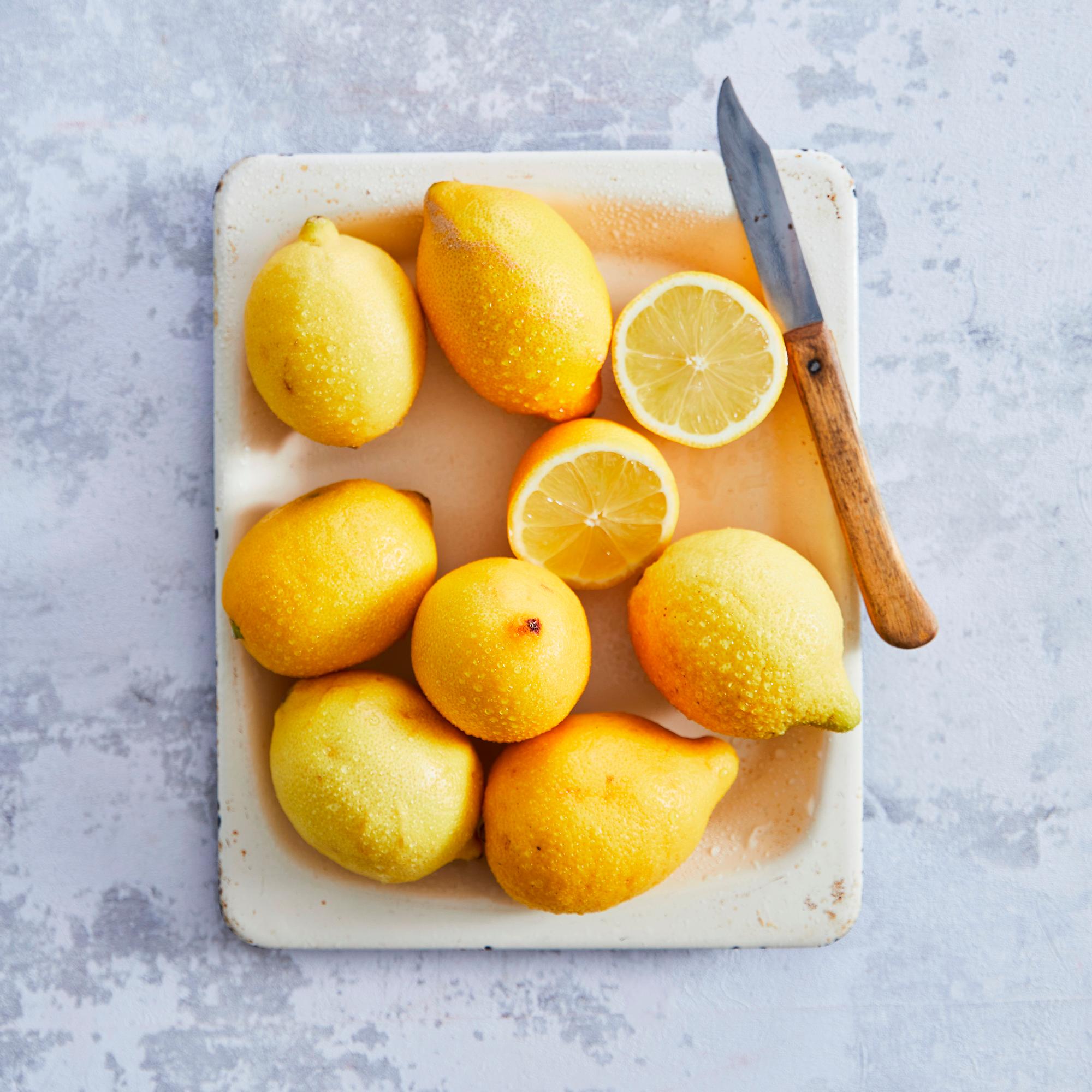
2. Rice cleans vases
Rice is a fantastic dish scrubber. It can reach the corners of angular bottles or awkwardly shaped vases that a brush can’t get to. Fill the dish a little over halfway with warm water, add a splash of vinegar, and pour in uncooked rice until the dish is about three-quarters full. Cover the opening with your palm and shake the dish until the rice has cleaned every corner. Then pour out the water and discard the rice in the compost. Wash and dry the dish, and repeat if needed.
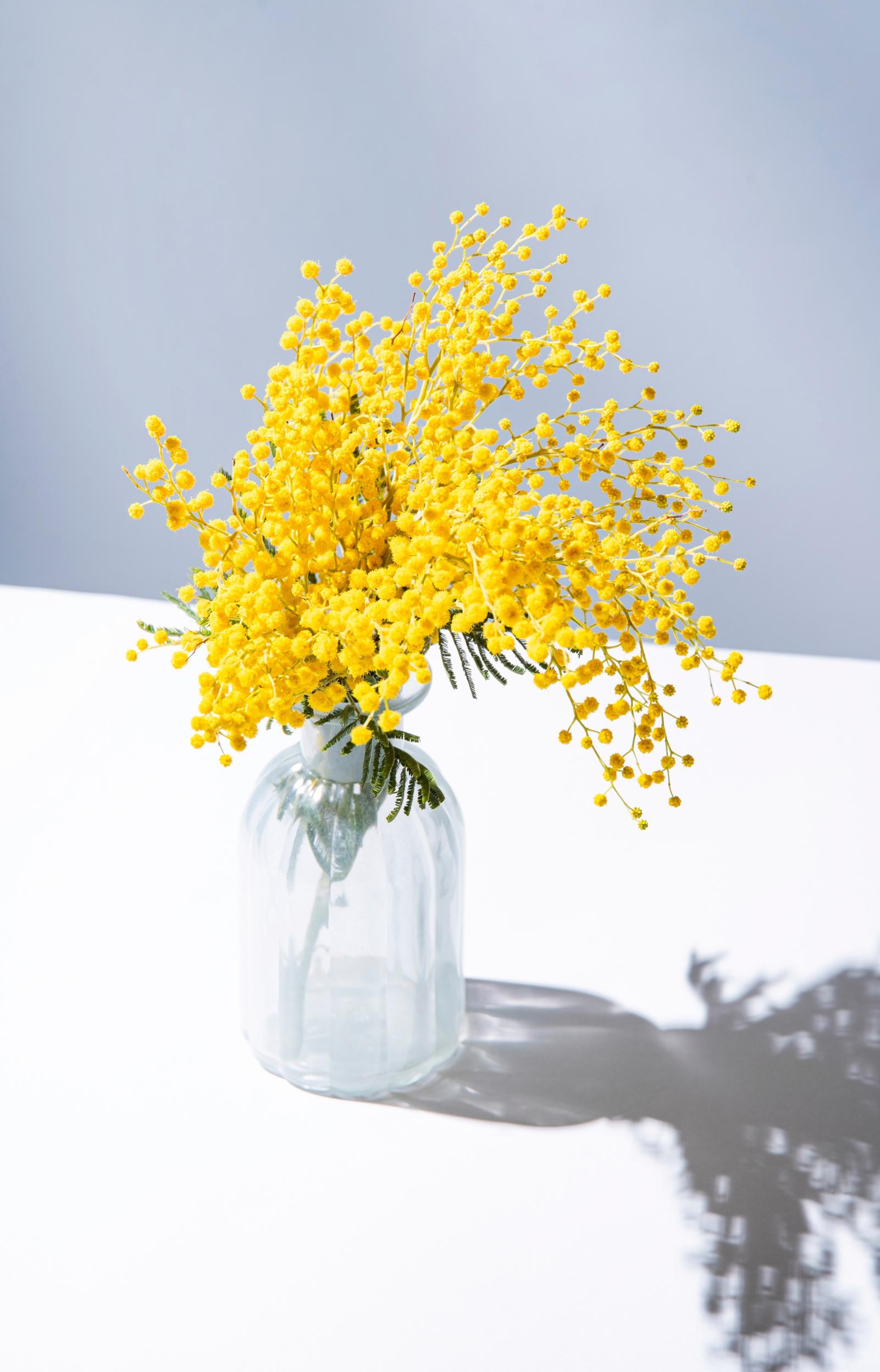
3. Clean a burnt pot with laundry detergent
The Martha Association’s tip for burnt stainless steel pots is unbeatable: add ½–1 dl of laundry or dishwasher detergent and one liter of water to the pot. Bring it to a boil, scrub, and rinse. If that doesn’t work, try a damp sponge and baking soda. For a cast-iron pot, remove burnt food by heating water in it and scraping off the gunk with a steel spatula. Wash with hot water and a dish brush, then dry thoroughly. If you must use dish soap, oil the pot after drying.
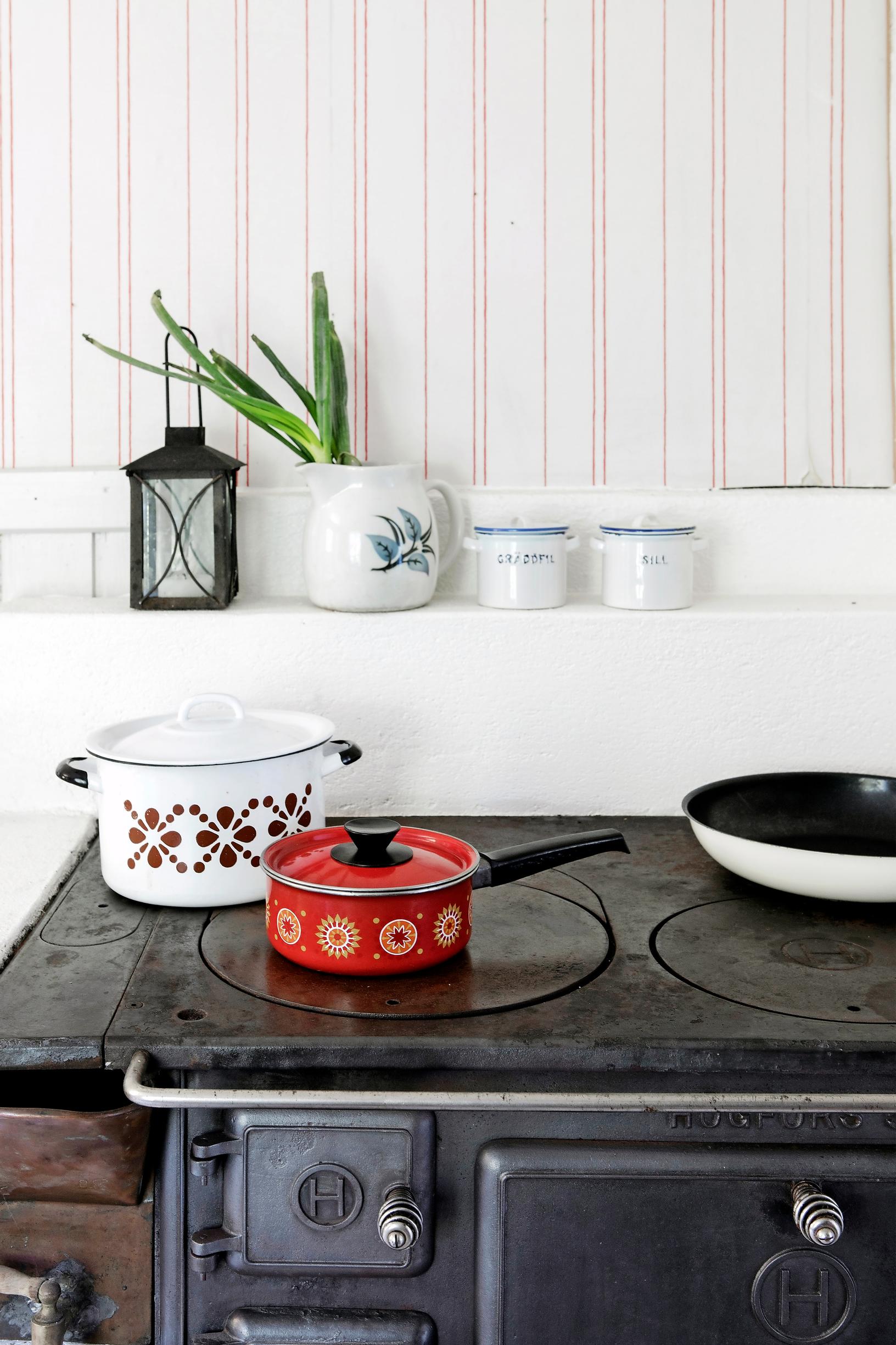
4. Foil makes heirloom silver shine
A chemical reaction with aluminum foil makes silver sparkle. Line the inside of a large container or dish with foil, place your silverware on it, and pour freshly boiled water over them until they’re fully submerged. Sprinkle in at least a handful of salt or baking soda. Let it sit for a few minutes, then rinse and dry your silver. Repeat if needed.
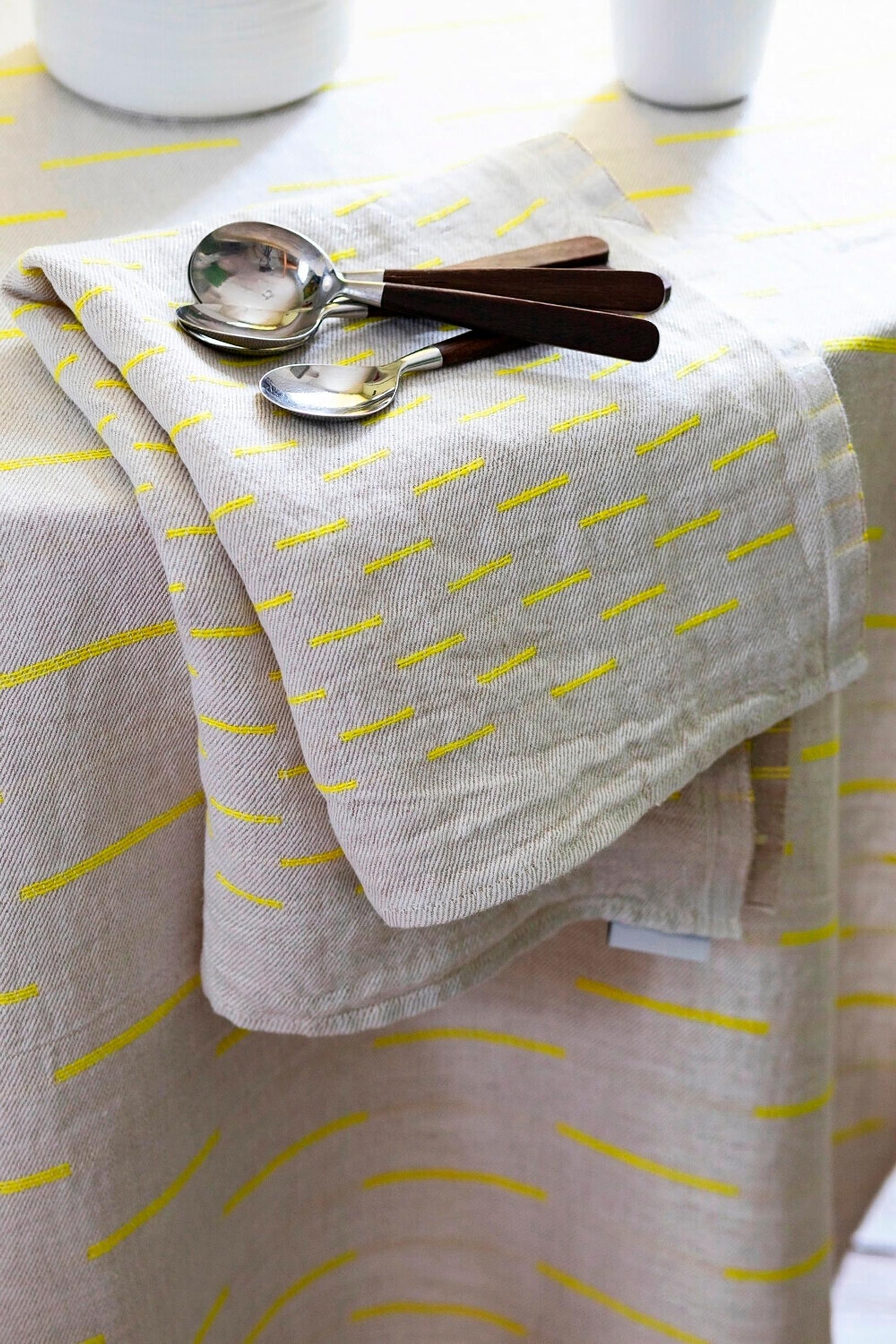
5. Toothpaste to the rescue for faux scratches
The dark streaks on mugs, plates, and bowls are likely not real scratches but surface marks left by metal utensils. You can remove them with a dish sponge and toothpaste or clay soap. Clay soap, also known as a cleaning stone, is more eco-friendly and gentler than chemical cleaners or magic sponges. However, it still contains abrasive substances and isn’t suitable for very delicate surfaces. If the glaze on a ceramic dish is genuinely scratched, the only way to remove the scratches is by filling them in, which requires professional re-glazing.
6. Repair or recycle
A pitcher or bowl with sentimental or monetary value can almost always be repaired. Though it can be expensive, many items can be restored to like-new condition. Ceramics studio Erkki Stenius in Helsinki, for example, provides ceramic restoration. If you prefer to do your own repairs, you can try the Japanese art of kintsugi, which uses gold to highlight cracks and fractures, resulting in a unique and even more valuable piece. Read more about the kintsugi technique!
